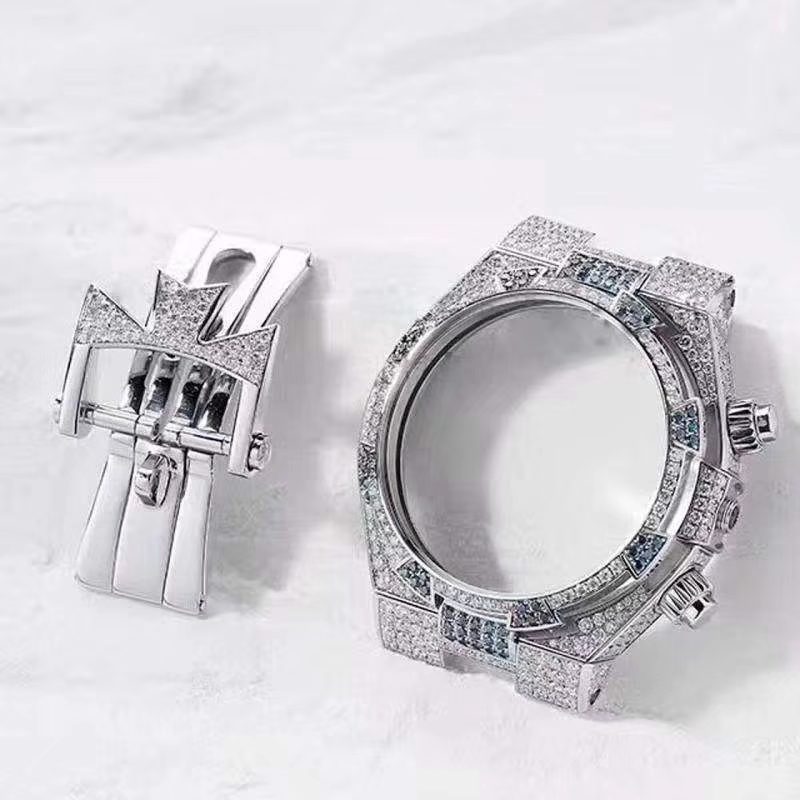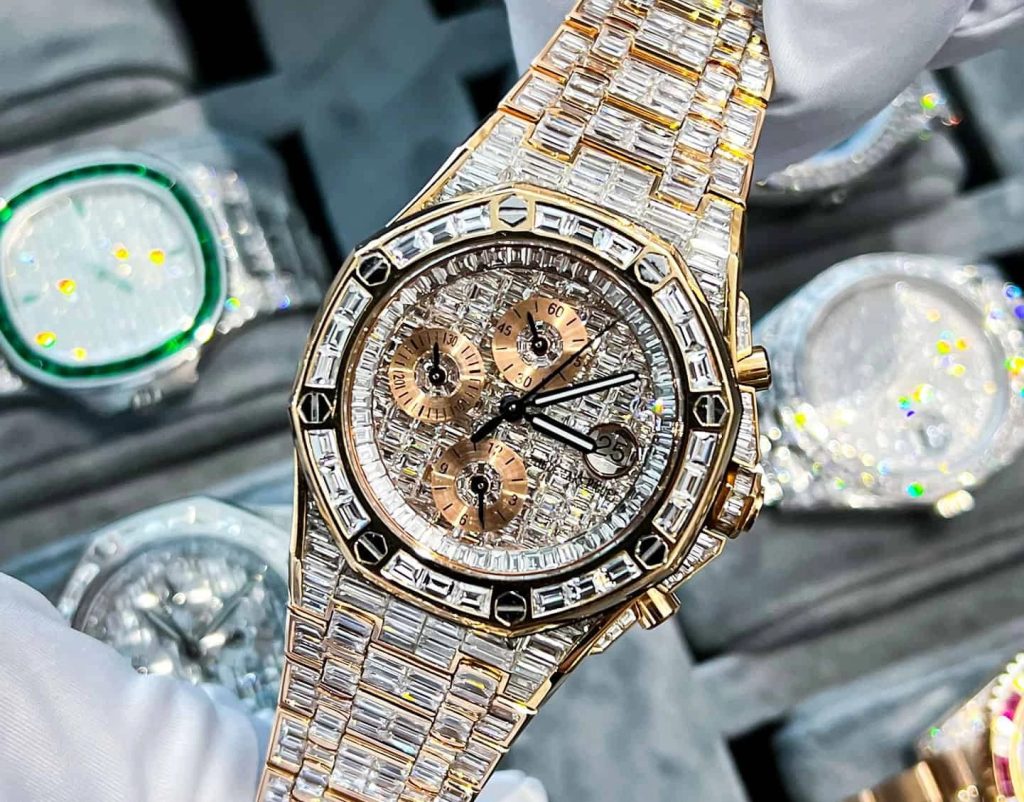Lab-grown Diamonds

What Exactly is a Lab-Created Diamond?
Laboratory-grown diamonds go by many different names — lab-created, lab-made, synthetic and even engineered diamonds. These names all point to the fact that laboratory-grown diamonds are created in a laboratory or factory rather than occurring in nature and mined from the earth. Some laboratory-grown diamond laboratories use advanced technology to mimic the conditions that natural diamonds undergo when they form beneath the earth’s crust. This origin story is the main factor that sets laboratory-grown diamonds apart from natural ones, since laboratory-grown diamonds have essentially all of the same chemical, optical and physical properties and crystal structure as natural diamonds.
Laboratory-Grown Diamond Timeline
- 1950s: Laboratory-grown diamonds are first produced using the high pressure, high temperature (HPHT) method for industrial purposes and are used in telecommunications and laser optics and as abrasives and more.
- 1970s: General Electric researchers create the first gem-quality laboratory-grown diamonds. They are of high enough clarity and large enough size to be used as gems in jewelry.
- Mid-1980s: Manufacturers grow commercial quantities of gem-quality laboratory-grown diamond crystals. These lab-created diamonds are initially mostly small and yellowish or brownish in color, but their quality improves over the ensuing decades.
- 2000s: Diamonds are created using the chemical-vapor deposition (CVD) method, which requires lower pressure and temperatures than the HPHT method.
- Mid-2010s: Colorless lab-made diamonds are available in the jewelry market in commercial quantities. Both HPHT and CVD continue to be popular methods of laboratory-grown diamond production.

A CVD (left), HPHT (middle) and natural diamond crystal (right). The CVD diamond is edged in carbon from the growth process.
TaHow are Laboratory-Grown Diamonds Made in Labs?
There are two main processes used to create lab-grown diamonds:
High Pressure, High Temperature (HPHT)
With this method, laboratory-grown diamonds are produced in laboratories that mimic the high pressure, high temperature conditions of natural diamond formation in the earth. HPHT diamond growth occurs at pressures of 5–6 GPa (roughly equivalent to the pressure exerted by a commercial jet airplane if balanced on the tip of a person’s finger) and at temperatures of 1300–1600°C.
Lower-quality diamonds, whether natural or laboratory-grown, can also be put through the HPHT process to improve color and clarity. In addition to making diamonds more colorless, this process can also be used to change the color of diamonds into pink, blue or yellow. The diamond would then be called a “treated” diamond.
Chemical Vapor Deposition (CVD)
This newer technique enables scientists to grow laboratory-grown diamonds using moderate temperatures (700°C to 1300°C) and lower pressures. Carbon-containing gas is pumped into a vacuum chamber, depositing onto a diamond seed and crystallizing as laboratory-grown diamond. The eventual size of the diamond depends on the time allowed for growth.
How Do You Identify a Lab-Grown Diamond?

A laboratory-grown diamond (left) and a natural diamond (right) can appear identical to the naked eye.
Lab-grown diamonds can look exactly the same as natural diamonds to the unaided eye. Their identity can usually only be determined by gemological laboratories using specialized instruments. These instruments detect minor differences in trace elements and crystal growth to determine whether a diamond is laboratory-grown or natural.
How are Lab-Created Diamonds Graded?

At GIA, laboratory-grown diamonds undergo the same rigorous grading process as natural diamonds. When GIA receives a stone for grading, we test it to determine its identity as well as to detect potential treatments. Methods of analysis include observing inclusions and florescence and phosphorescence. If a diamond is found to be laboratory-grown, GIA issues a Laboratory-Grown Diamond Report. As an added precaution to protect consumers, GIA also laser-inscribes the diamond’s girdle with a report number and a statement that identifies the diamond as laboratory-grown.
Lab-grown diamonds are now becoming a popular alternative for many people, since they can have the same beauty and properties as a mined diamond and are often more affordable. Whether you are considering a lab-grown or natural diamond, know its identity and quality by purchasing a stone with a GIA Diamond Report.















